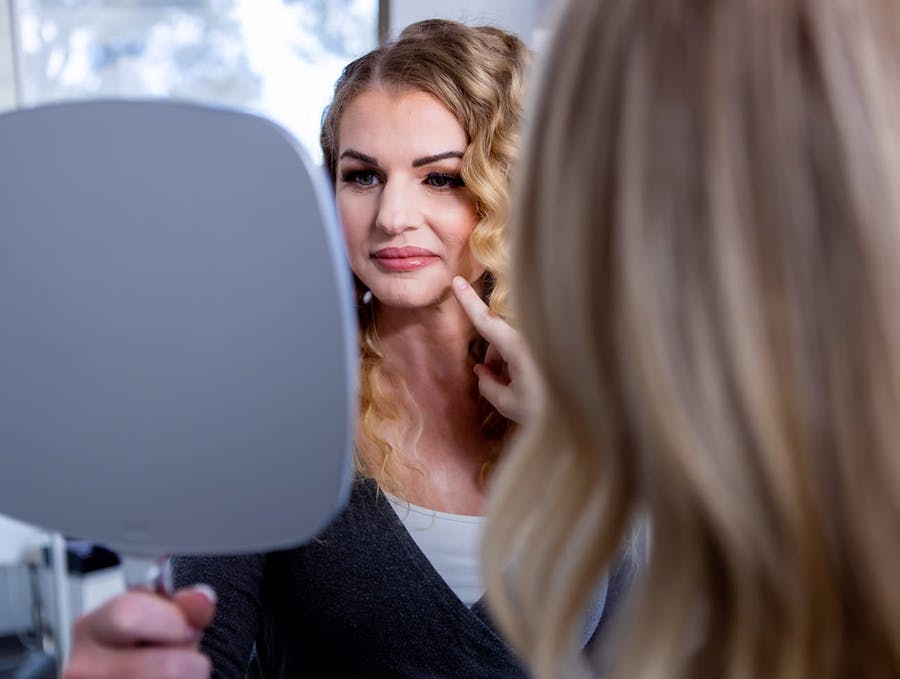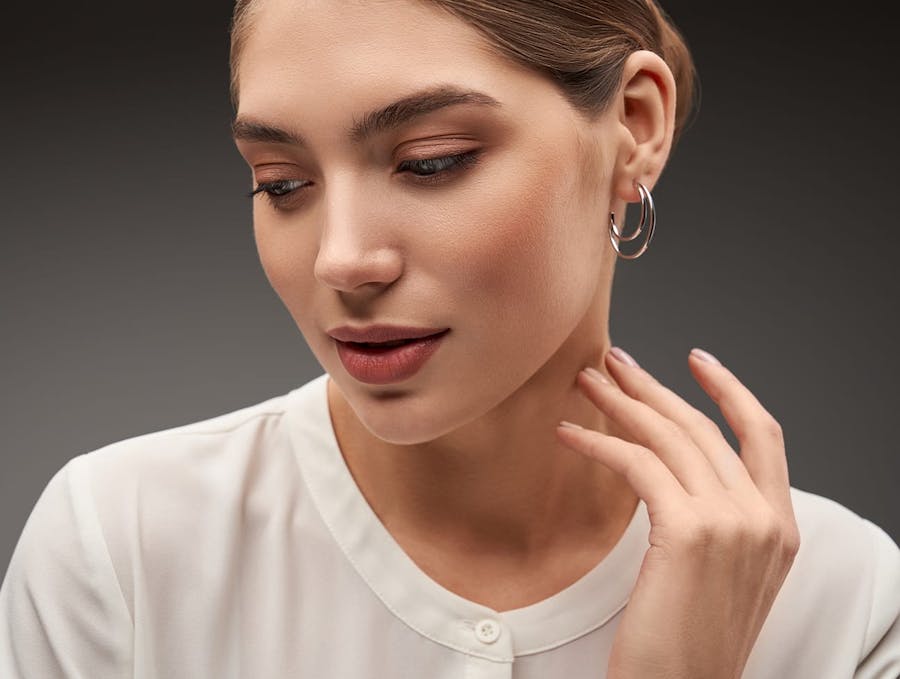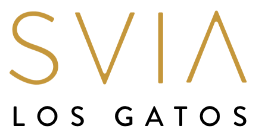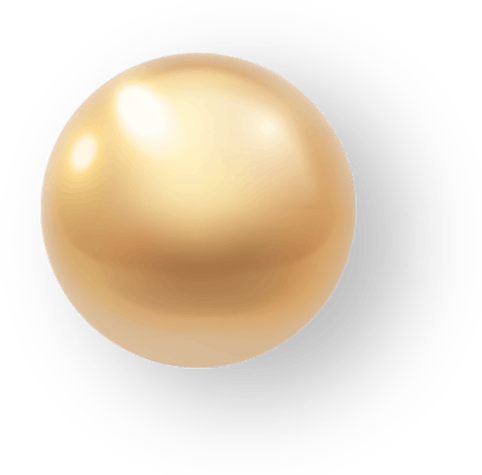Aesthetic (cosmetic) operations and procedures of the face are, by far, the largest group of cosmetic procedures. This group of procedures ranges from non-surgical rejuvenation techniques such as BOTOX® Cosmetic and Restylane® to specialty operations such as blepharoplasty (eyelid lift), and rhytidectomy (facelift).
The face is constantly exposed to the sun and the environment leading to damage to facial skin and premature aging. With time, there are numerous changes that affect facial appearance such as wrinkles, sagging or loose skin, and a “tired appearance.” Many of these can be easily improved.
The most important first step in facial rejuvenation is a proper evaluation by a plastic surgeon skilled in all aspects of facial rejuvenation. Only a surgeon with specialty training in aesthetic (cosmetic) plastic surgery can provide a comprehensive evaluation that will help formulate a customized treatment plan. This plan may include skin care, non-surgical cosmetic treatments, and/or specific surgical procedures depending on the issues that need to be addressed.

Facelift
Eliminate wrinkles and loose, sagging skin to restore a more youthful facial appearance. A facelift is frequently combined with a neck lift for a comprehensive rejuvenation with natural-looking results.

Ellacor
Ellacor is a groundbreaking micro-coring technology that triggers the body's natural healing and renewal capabilities, improving the firmness and youthfulness of the patient’s skin without leaving any visible scarring.

Eyelid Surgery
Medically referred to as blepharoplasty, eyelid surgery can address the upper eyelid area, lower eyelid area, or both. Puffiness, under-eye bags, and/or drooping eyelids can be improved for a more rested look.

Ear Surgery
Otoplasty can correct protruding ears for young children, adolescents, or adults (ear pinning). The size and/or shape of the earlobes can also be addressed, if desired.

Brow Lift
Designed to treat the upper third of the face, a brow lift can smooth wrinkles and fine lines in the forehead area, as well as raise the eyebrows to a more desirable position. Brow lift surgery is often combined with other facial rejuvenation options, such as a facelift and/or eyelid lift.

Asian Eyelid Surgery
Many Asians are born with a single-fold eyelid, meaning the upper eyelid crease is concealed. This highly specialized form of blepharoplasty enables our skilled surgeons to create a double-fold eyelid, resulting in a more expressive, open, and alert appearance.

Lip Enhancement
Using the Perma Facial Implant™ for lip augmentation, our highly-trained plastic surgeons can create fuller, more youthful-looking lips. The FDA-approved silicone implant is designed to provide soft, beautiful, and natural-looking results that are long-lasting.

FaceTite & BodyTite
Using radiofrequency (RF) technology, these two state-of-the-art treatments provide a minimally invasive approach to facial and/or body contouring. The specialized handpiece applies RF energy both on and beneath the surface of the skin for optimal tightening and rejuvenation. Additionally, liposuction can be performed at the same time to provide additional contouring and sculpting during a BodyTite or FaceTite procedure.




